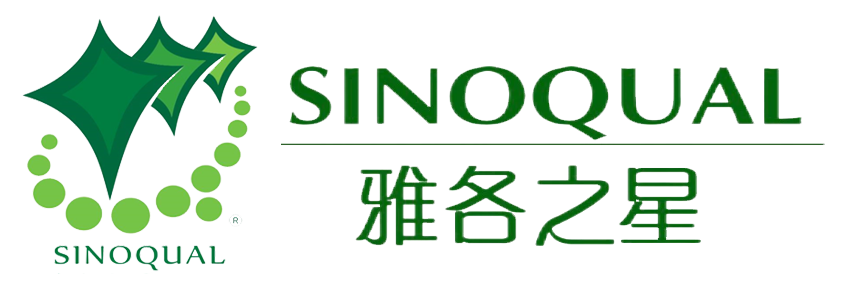The global beauty industry is undergoing a transformation as consumers increasingly demand products that demonstrate transparency, ethical sourcing, and ingredient purity...
IFANCA 2012 White Paper: Halal Industry Drives U.S. Economic and Export Development
2025-05-15
Introduction
Halal food constitutes the fastest-growing consumer market in the United States. In 2011, halal consumers spent $15 billion on food and related services. This remarkable growth is also reflected in the number of halal meat shops—from just 10 in 1970 to over 2,300 in 2012 (according to Zabihah.com and its White Pages). Furthermore, over 6,900 restaurants now serve halal consumers. Our research indicates that the halal market provides jobs for tens of thousands of Americans.
Halal catering servicesThe growth of the halal food service industry can be traced to a number of interrelated factors. Restaurants offering halal dining undoubtedly see opportunities in the growing demand from a growing halal consumer base. The diverse tastes of halal consumers are also driving the development of new halal dishes beyond traditional halal menus. Today, American subway stations are a commonplace, offering American, Italian, and Mexican halal dishes alongside Middle Eastern, South African, and Turkish favorites. The public's equally enthusiastic acceptance of diverse cuisines is further fueling the growth of the halal market. With the increasing number of halal consumers on American university campuses, many are actively inquiring about halal services, prompting some universities to adapt their dining offerings accordingly. The University of Chicago, Ohio State University, Bradley University, and the University at Buffalo have already begun offering halal dining.
Halal, a growing industryThe U.S. export industry has also contributed significantly to the development of the U.S. halal industry. Currently, over 90% of halal products produced by U.S. dry dairy ingredient manufacturers are exported.
U.S. beef exports to the Middle East alone generate a 36% profit, reaching a market value of $355 million in 2011. In February 2012, the latest data available for this article, beef exports to the region increased by 13% in volume and 19% in value, reaching $533 million. The Middle East market is poised to become increasingly important, as the region imports 80% to 90% of its food.
According to the National Chicken Council, the capacity of 65 halal chicken plants in the United States is equivalent to that of over 300 other plants. Converting this into jobs, the halal chicken industry alone directly supports approximately 63,000 jobs and indirectly impacts another 42,000. Similarly, hundreds of thousands of jobs are associated with the US cattle, sheep, and goat industries.
Fresh meat remains in short supply in the Middle East and other Muslim-majority countries like Malaysia and Indonesia. Importers, convinced that the US market offers reliable suppliers of authentic halal foods and ingredients, are increasing their imports. The US has higher food safety and sanitation standards than its emerging competitors. Halal consumers, both domestically and internationally, are increasingly supporting millions of American jobs in the beef, poultry, lamb, dairy, nutritional supplement, and nutritional industries.
Demographics: Young, highly educated people with reliable purchasing powerThe halal food market, with a sustained annual growth rate of 10% to 15%, is expected to exceed $20 billion by 2015. This is primarily driven by the continued growth of the Muslim population and the increasing number of people of other faiths who choose halal meat. According to a recent Pew report, the Muslim population in the United States is projected to grow from 2.6 million in 2010 to 6.2 million in 2030. IFANCA estimates that there are currently 8 million Muslims in the United States, a number that will double by 2030. The growth in non-Muslim halal consumption is attributed to a growing demand for safer, more hygienic, and more humane food production methods, which halal-certified products undoubtedly meet.
